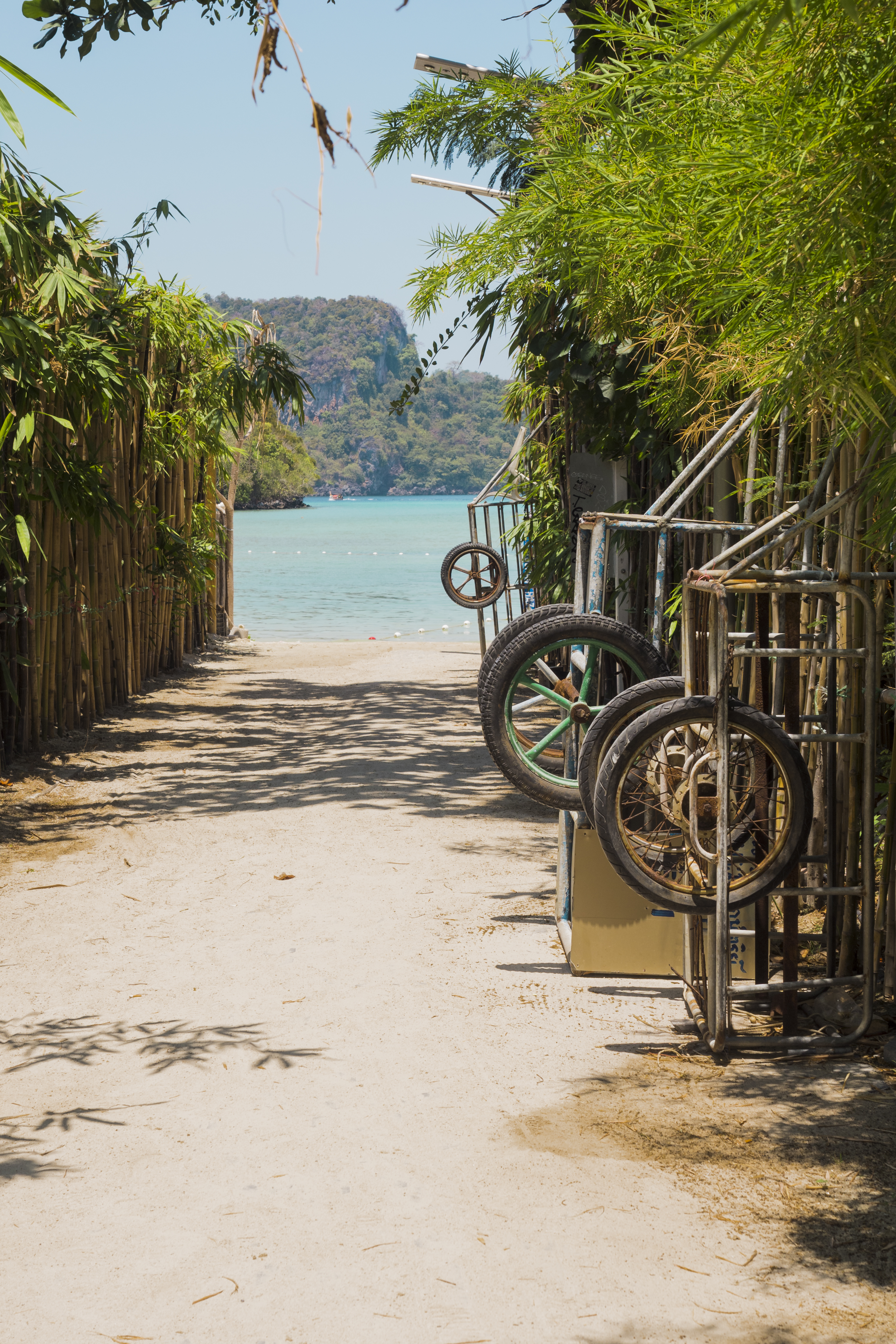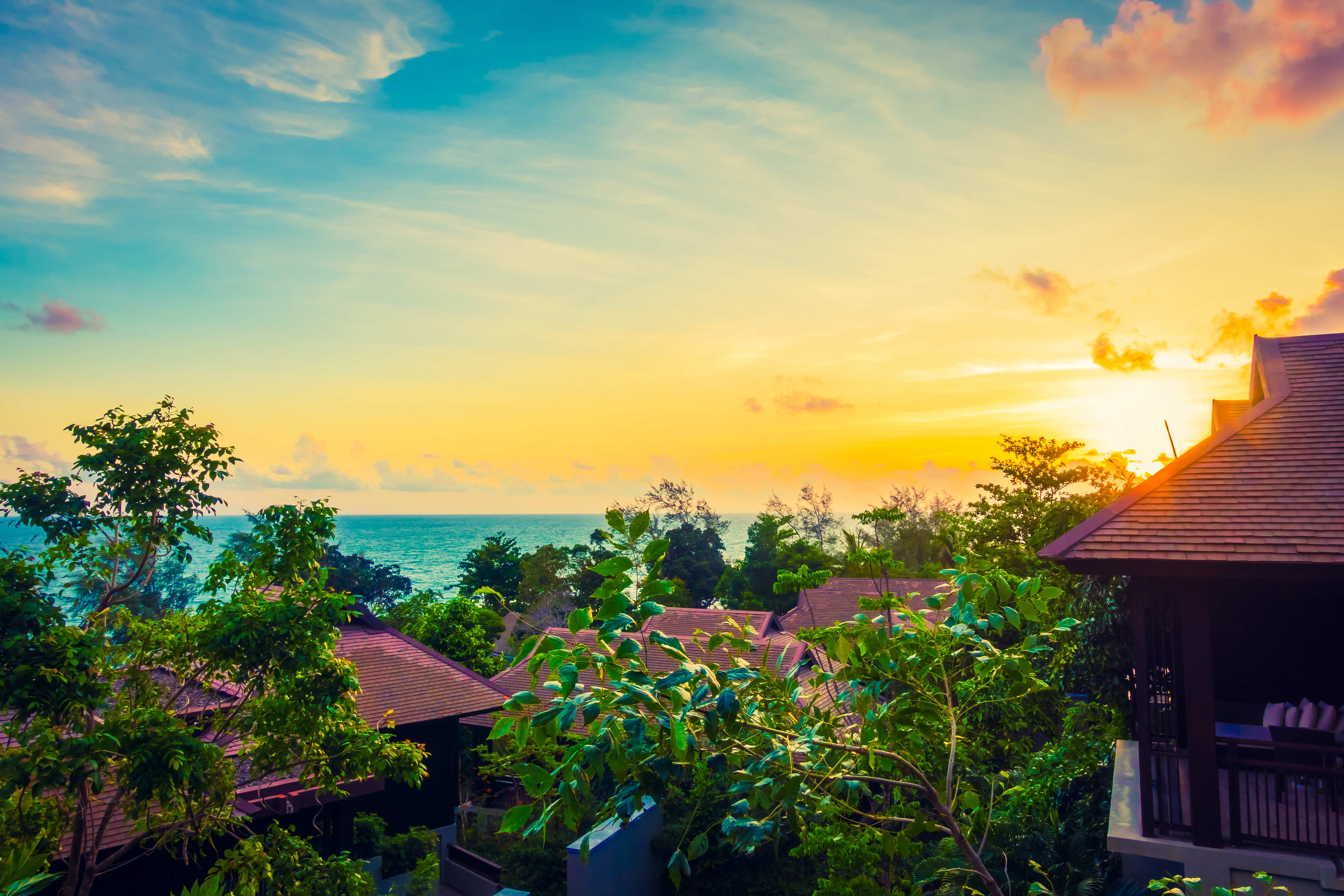About Sri Lanka
- Home
- About Sri Lanka

ISri Lanka, located off the Southern tip of India, has been a popular port of call for traders and travelers worldwide for centuries. With a 65,610 square km area, it is just a three-and-a-half-hour flight from major cities in the Gulf Region and South East Asia, and halfway on the major trade route between Europe and the Far East. Sri Lanka offers many sites and unique experiences, making it a paradise island. The island's history dates back to the birth of time, and its natural beauty remains abundant and unspoiled.
Sri Lanka's infrastructure development is a significant factor in its growth, with the island-wide road development program at the center of this effort. The improved connectivity enabled by road development, particularly rural roads, generates significant economic and social returns. The completion of the Southern Highway, Katunayake Expressway, and Colombo Ring Road will bring about significant cost savings and boost the competitiveness of the economy.
The rural electrification program has extended power to 91% of the country's households, benefiting poor and vulnerable households. The rehabilitation of the railway network and rolling stock, combined with road development, will increase mobility and contain transport costs, which are crucial for an economy's competitiveness.

The rural electrification program has extended power to 91% of the country's households, benefiting poor and vulnerable households. The rehabilitation of the railway network and rolling stock, combined with road development, will increase mobility and contain transport costs, which are crucial for an economy's competitiveness.
Port and airport development is also creating the potential for Sri Lanka to become a key transport and tourist/transit hub for Asia. The completion of the Hambantota Port and the Colombo Southport Expansion will increase the capacity to take advantage of the country's strategic location on major international shipping lanes.
The center of Sri Lanka's administration is tucked away between verdant hills and azure coastlines. The administrative capital of Sri Jayawardenepura Kotte symbolizes the country's history and development, while the commercial heart of the thriving city of Colombo pulses.
Transactions are made using the Sri Lankan Rupee, a currency representing the strength of the nation's economy, as you travel through the busy markets and tranquil surroundings.
Democratic principles flourish here, with legislative powers resting in the hands of a parliament chosen through universal franchise. The president, elected by the people, steers the ship of state, ensuring the nation's defense and prosperity. A dynamic multiparty system keeps the governance landscape ever-evolving, renewing itself every six years.





The 19 million inhabitants of the country have a 91.8% literacy rate, showcasing their intellectual prowess and driving progress in various aspects.
Sri Lanka is a fascinating island where a harmonic fusion of cultures, languages, and landscapes creates a unique diversity and beauty. In Sri Lanka, language plays a crucial role in blending the diverse cultures and ethnicities of the island. Sinhala and Tamil are spoken with pride, weaving together the stories of diverse communities, while English serves as a bridge connecting remote villages with the broader world. Religion, including Buddhism, Hinduism, Christianity, and Islam, forms an integral part of the social fabric, fostering a deep sense of connection among the people.
Nature's embrace is tender yet diverse, with tropical warmth in the lowlands and cooler temperatures in the central hills. Nature's embrace is tender yet diverse, with tropical warmth in the lowlands with an average temperature of 27°C and temperatures dipping to 14°C in the central hills.
The rhythm of monsoons provides a soothing blend of rain from May to July in the western, southern, and central regions, while December and January bring a dance of precipitation to the north and east.
Industry flourishes in Sri Lanka, fostering the processing of rubber, tea, coconuts, and other agricultural treasures. The bustling landscape includes clothing, cement, petroleum refining, textiles, and tobacco, each a testament to the nation's industrious spirit.
The fertile fields of Sri Lanka produce a bounty of agricultural gems, such as rice, sugar cane, grains, pulses, oilseeds, roots, and spices. The elegance of tea and the versatility of rubber and coconut reflect the resourcefulness that runs through every aspect of Sri Lankan life.
Indulge in Sri Lanka's warmth, colors, and stories, where the past and present intertwine, unity and diversity stand as guiding stars, and every corner promises discovery and connection.